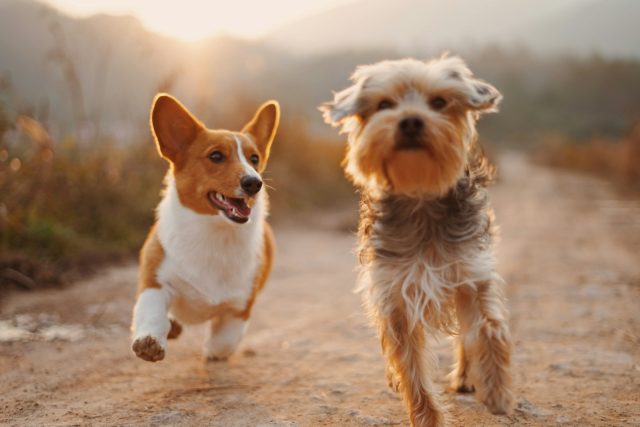
As the sun blazes and summer days stretch longer, the risk of heat exhaustion in pets becomes a pressing concern. As a pet owner, you must be vigilant and informed, armed with the knowledge to protect your furry companions from the dangers of rising temperatures. Whether you already have a beloved pet or are considering adding Mini Goldendoodle puppies from trusted breeders to your family, recognizing the signs of heat exhaustion is essential to ensuring your pets’ well-being during these sweltering months.
Understanding Heat Exhaustion in Pets: Signs and Symptoms
Recognizing the Early Indicators
Heat exhaustion in pets can develop quickly, making early recognition crucial for their well-being. One of the initial signs is excessive panting. While panting is normal, an increase in rate and intensity can indicate distress. Pay close attention to your pet’s behavior, as a sudden change in energy levels or reluctance to move can also signify overheating. Mini Goldendoodle for sale from trusted breeders are also at risk of heat exhaustion; therefore, it’s essential to monitor them closely, especially during the warmer months.
Progression Into Severe Symptoms
As heat exhaustion progresses, symptoms can become more pronounced and dangerous. Weakness or collapse is a serious sign that your pet’s condition is worsening. Pets may also exhibit vomiting or diarrhea, sometimes with traces of blood, due to the stress heat places on their body systems.
Neurological symptoms, such as disorientation or staggering, may occur as the condition worsens. In extreme cases, heat exhaustion can lead to seizures or unconsciousness, requiring immediate veterinary intervention.
Monitoring and Response
It’s essential to remain vigilant, especially during hotter months. Regularly check your pet’s temperature, and ensure it stays below 103°F. If you suspect heat exhaustion, move your pet to a cooler environment immediately and offer small amounts of water. Never hesitate to consult a veterinarian if symptoms persist or worsen, as prompt treatment is crucial for a full recovery. Remember, preventing heat exhaustion through awareness and proactive care is the best approach to keeping your furry companions safe during hot days.
Why Pets Are Vulnerable to Heat: The Science Behind Hot Paws
Understanding Pet Physiology
Unlike humans, pets cannot regulate their body temperature through sweating. Instead, they rely primarily on panting and limited sweating through their paw pads. This physiological difference makes them more susceptible to heat stress during periods of high temperatures. The process of panting, while efficient, is not as effective as sweating in rapidly cooling the body, leaving pets vulnerable to overheating during prolonged exposure to heat.
The Role of Fur and Skin in Heat Retention
Fur, though an excellent insulator against cold, can significantly exacerbate heat retention when temperatures rise. The density and color of a pet’s coat can further influence their heat absorption. Darker coats absorb more sunlight, increasing the risk of heat exhaustion. Additionally, pets with thick, lush coats may find it more challenging to dissipate heat, which can increase their vulnerability during hot weather.
Recognizing Heat Sensitivity in Various Breeds
Different breeds exhibit varying levels of heat sensitivity. Short-nosed (brachycephalic) breeds, such as Bulldogs and Pugs, are particularly prone to heat exhaustion due to their compromised breathing capabilities. Similarly, large and obese pets, as well as those with underlying health conditions, face an increased risk. Recognizing these breed-specific vulnerabilities is crucial for pet owners to take preemptive measures against heat-related illnesses.
Final Thoughts
In navigating the sweltering days of summer, your vigilance becomes your pet’s greatest ally against heat exhaustion. Recognizing the signs early and taking proactive steps to ensure their well-being enables you to become a guardian of their health. Whether you’re caring for longtime companions or welcoming Mini Goldendoodle puppies from trusted breeders into your home, providing ample shade, fresh water, and avoiding peak sun hours can safeguard their comfort and vitality. As a devoted pet owner, your commitment to understanding the nuances of their needs not only enhances their quality of life but also fortifies the bond you share.










